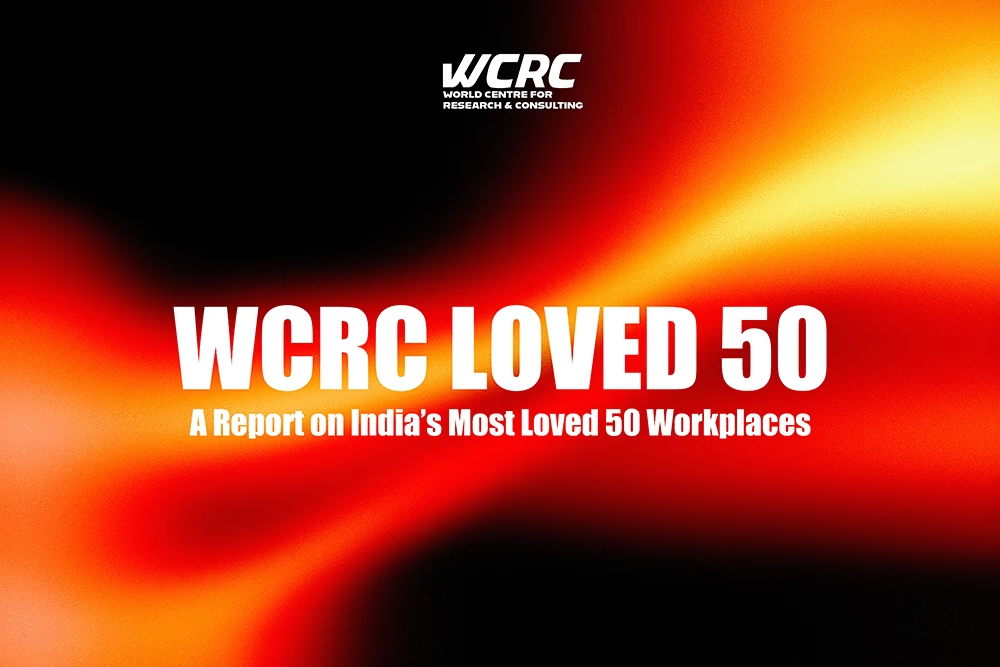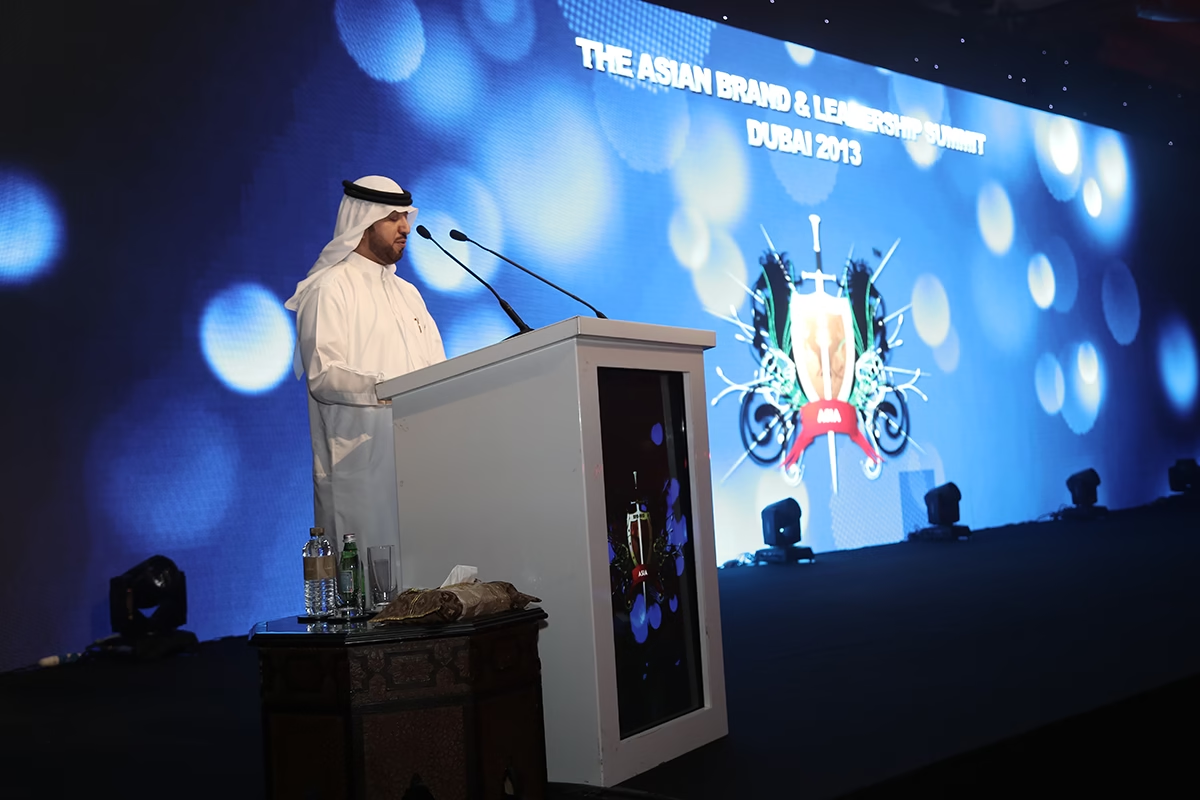 The growth story of Ambuja Cement is a great example of what hard work & determination to succeed can achieve. When it entered the Cement industry, there were many players and the market was flooded with more cement than it could consume, making the odds against survival very high. Ambuja Cement not only survived but went on to become a major force to reckon with. Today, the name Ambuja has a great recall value for its consumers when they require cement; and that in itself tells a story of how successful the brand has become.
The growth story of Ambuja Cement is a great example of what hard work & determination to succeed can achieve. When it entered the Cement industry, there were many players and the market was flooded with more cement than it could consume, making the odds against survival very high. Ambuja Cement not only survived but went on to become a major force to reckon with. Today, the name Ambuja has a great recall value for its consumers when they require cement; and that in itself tells a story of how successful the brand has become.
Blaze to Brilliance
The erstwhile, Gujarat Ambuja Cements Ltd. now known as Ambuja Cements Ltd, entered the industry in 1986. Ambuja Cements Ltd. is one of the largest cement companies in India and has a strategic relationship with Holcim, the secondlargest cement manufacturer in the world. Ambuja Cement has established itself in a relatively short period of time. Its origins date back to just about 27 years ago. The then promoters, knew very little about the cement business, or about manufacturing for that matter. But, recognized the inherent strengths of the business: cement was a core industry and would play a crucial role in a developing country like India. Moreover, there was little technological obsolescence and the product would never go out of fashion. Ambuja Cement set up its first plant with a 7 lakh tons capacity in Western India. Against the industry average of 3 years the Ambuja plant was up and ready in 2 years and, at the lowest capital cost for a plant of this size in the country. The company presently has a capacity of 27.96 Million tons.
Faith Factor
The Indian cement market was and is unique. Unlike in other countries, here cement isn’t purely a business to business affair. The main consumption is in housing and almost 50% to 60% of the market is retail, with homeowners using cement for constructing new houses, or for renovating and repairing existing ones. A large part of the market therefore, is the home owner and decisions regarding the materials used are also often taken by the homebuilder. Ambuja quickly realized that it made sense to talk to them directly. However, there was a problem. At that time, cement was treated as a commodity. There were no brands to speak of & price was the only differentiator between manufacturers. Thus, Ambuja was faced with two choices. They could either sell cement as a commodity at the lowest price or create a brand and build loyalty. The company found itself ideally suited to build a brand. It offered a product of consistent and higher quality than the markets were used to. Once this was done it needed to create a distinct image. It chose to create an identity around the single most important attribute people looked for in cement: strength. A powerful visual symbol was built around this: The Ambuja Giant. The branding was distinct and featured prominently on the bags. The result was Ambuja Cement, a brand that commands a leadership position in all its major markets from Punjab to Kerala & Mumbai to Kolkata.
Engagement that Enthralls
Right from the start, Ambuja Cement recognised the uniqueness of the Indian market and the need to build a brand rather than be seen as a commodity. With a large segment of the market being retail in nature, the company realised that any brand communication would need to be targeted at the end user; in this case the average Indian home builder. There are many types of cement commonly available in the market but, Ambuja Cement has recognized that in retail, the end use of cement is common across regions – for rendering strength to the structure. Ambuja uses state of the art technology to produce consistent quality of cement from diverse raw materials available in different regions where its factories are located. This capability has helped in building customer’s confidence. The customer does not have to worry about the type of cement when he buys Ambuja Cement. With this focus on the strength of the structure, Ambuja Cement has created a service network of over 120 civil engineers to help the consumer build a strong house. The customer gets guidance on various aspects of building the house – from design to supervision and materials testing. The brand disseminates information on these aspects through advertisements and guidance camps even in small towns and local haats (bazaars). At another level, the brand interacts with the masons and contractors through meetings, workshops and seminars.
InnovEdge
To compete with the older, established players who had already written off their plant cost, it was important for the brand to have the lowest capital cost per ton of cement. Plants would have to be set up in record time. Capacity utilization would have to be above 100% and power consumption would have to be a record low. Given these constrains, empowerment was not just a fashionable term; it was the only way to achieve goals. If costs had to be controlled, it seemed absurd for engineers to check back with their seniors for every little decision. The time lost would be far more expensive than any errors they would make. It was the same with controlling power consumption. The company realised that the engineers were the right people to suggest ways to cut costs as they knew the plants inside out. It made sense to listen to them. This has bred a unique work culture at Ambuja. People here set their own targets and are given the freedom and authority to achieve them. Due to this a task is no more seen as a task but is seen as a personal mission. Over time, this became a natural company culture: “
Ambuja Cement – The Marketing Success Story of a Grey Powder

World Centre For Research and consulting
recent post
WCRC SOCIAL
follow us
related post
Want to power your brand
World Centre for Research and Consulting (WCRC) provides a strong set of consulting capabilities to unlock business value by using strategic insights. The three key areas of our core competency are Brand Equity, Workplace Equity, and Leadership Equity. By using rigorous research and tailored models, we assist organizations to evaluate and build the power of their brand in the marketplace, build fair and high-performance workplace environments, and build leadership pipelines to change their organizations. By basing our consulting services upon the three pillars mentioned above, WCRC provides implementable strategies aligned with long-range business objectives and shareholder value.
INDIA. UK. GERMANY. AUSTRALIA. UAE
drop us a line
Copyright @ WCRC: World Centre For Research and Consulting












